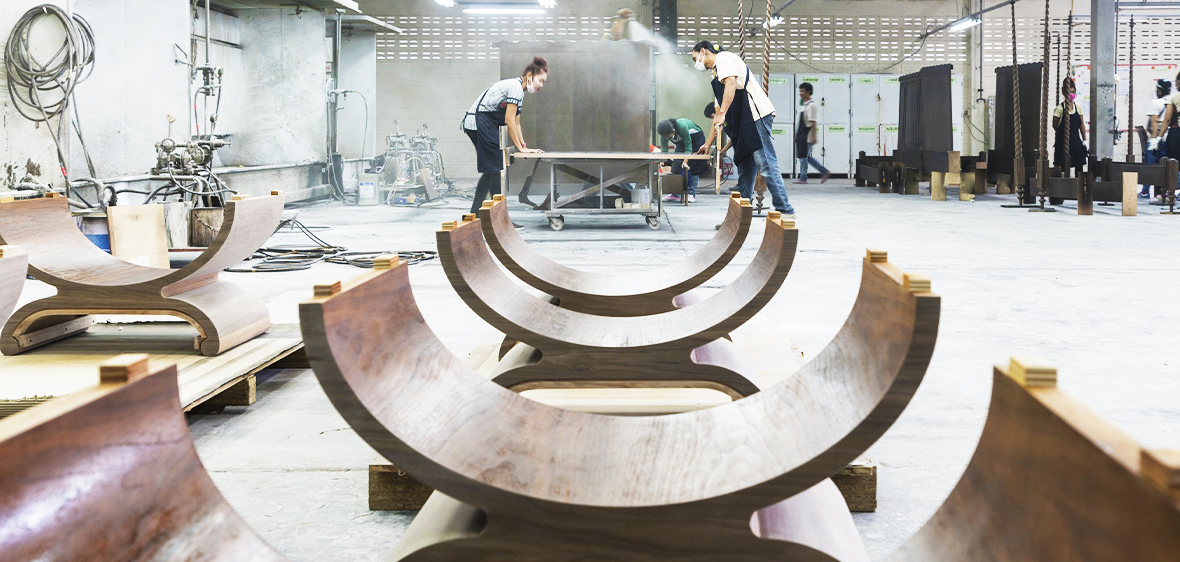
Steaming is an effective method of softening or plasticizing wood (known as steam bending wood) so that it may be moulded for craftsman and industrial applications, such as the manufacture of furniture and boat parts. Experts approach this method differently, depending on the type of wood grain and the quantity of the material involved in the project. The timed process involves placing wood scraps in a box, which is supplied with heat via a steam generator. Once the wood pieces are steamed, they are pliable and immediately ready to be shaped during the second part of the steam bending process, with the aid of a jig and other shaping equipment.
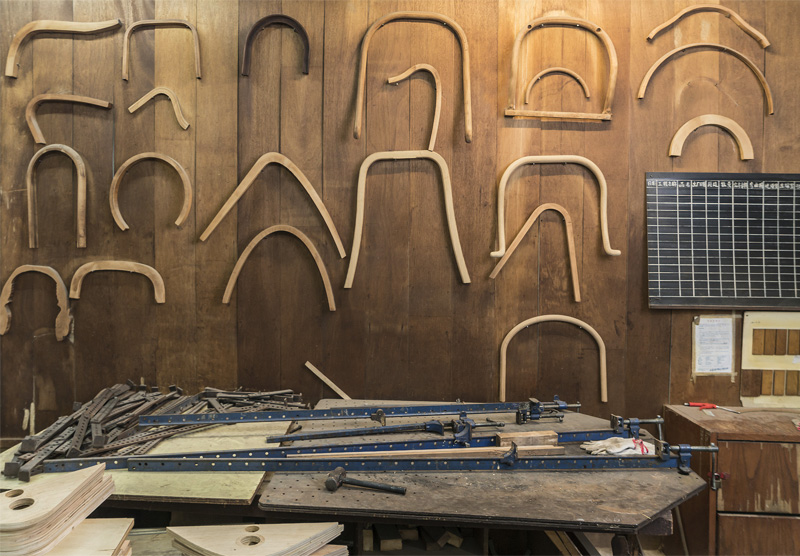
In modern times, steam bending is usually done with a steam box to make it bend around a former. The moulding process is typically done by clamping wooden strips to a positive form, with the strips of wood often reinforced on the outside with a metal band to prevent blowout. The method has been used in the manufacturing of a diverse range of products, including wooden boat building where it is used in the shaping of hull's ribs and lap boards, the production of traditional wooden lacrosse sticks, musical instruments such as violins.
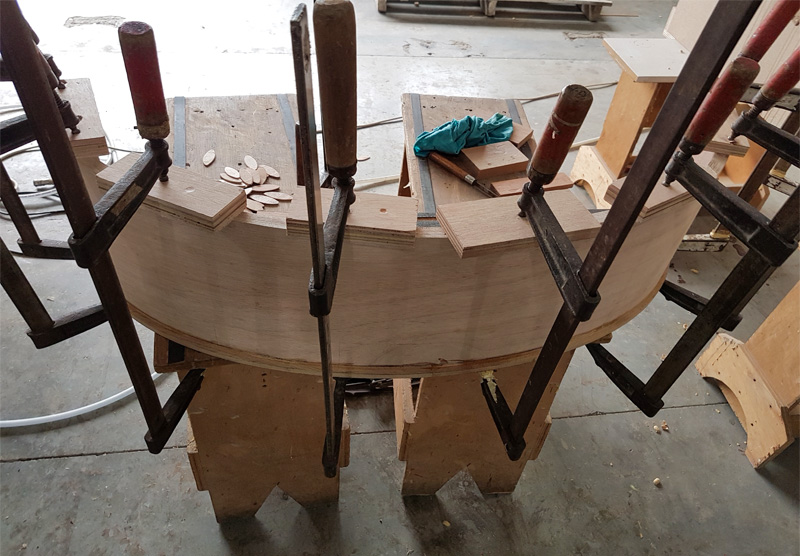
The harder the wood, the more time is needed to fully soak the wood before it can be bent and to prevent it from springing back to its original form. Popular hardwoods are oak, maple, cherry, birch, walnut, ash and poplar. Common softwoods are pine, fir, spruce, hemlock, cedar and redwood.
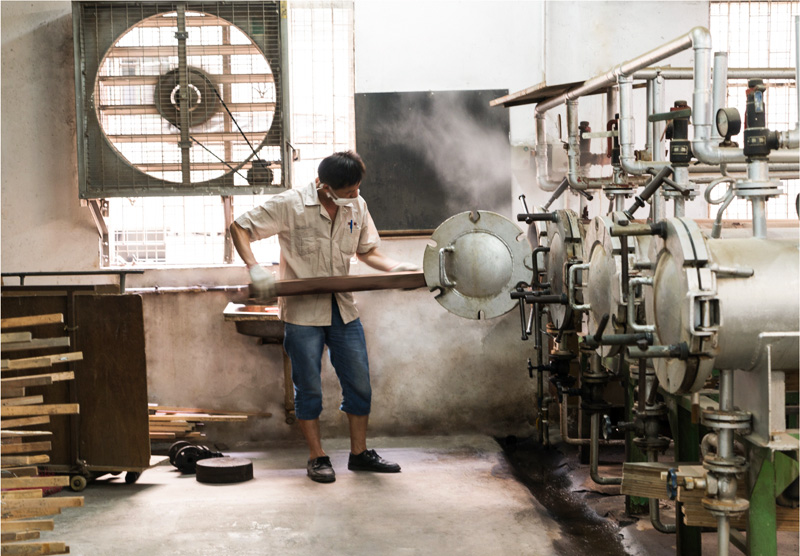
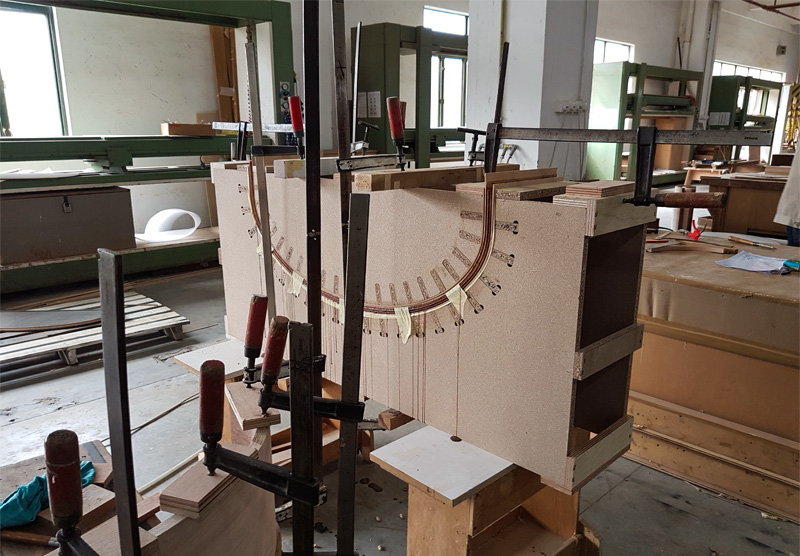
Steam can be generated by an electric wallpaper stripper or even a kettle, for example, and piped into box or tube containing the length of timber to be bent. This is the most universal method for steaming timber since the box can be made to whatever length is required and the timber steamed continuously until pliable which allows thicker sections to be worked - steam for approximately 1 hour for every 25mm thickness.
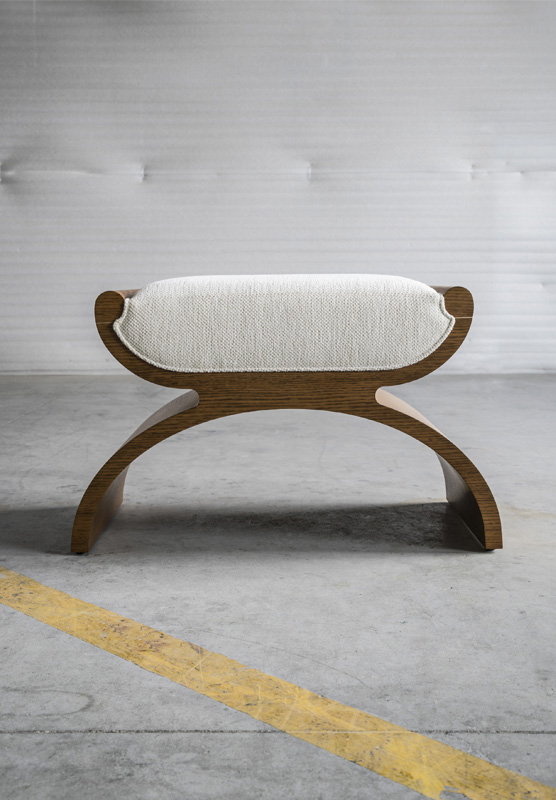
92014 Biedermeier Stool from the Bolier Modern Luxury